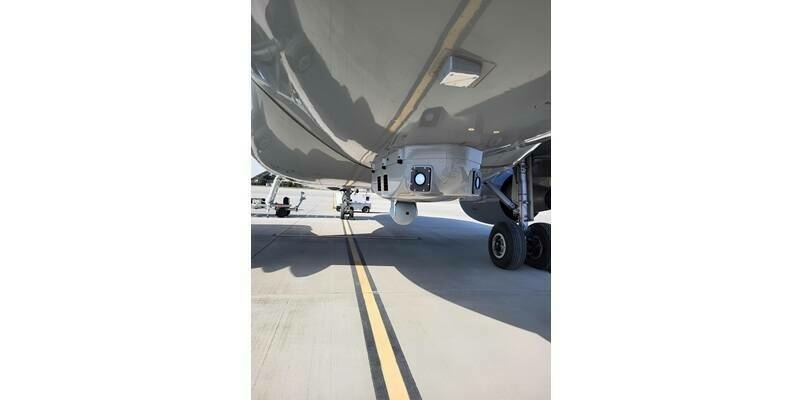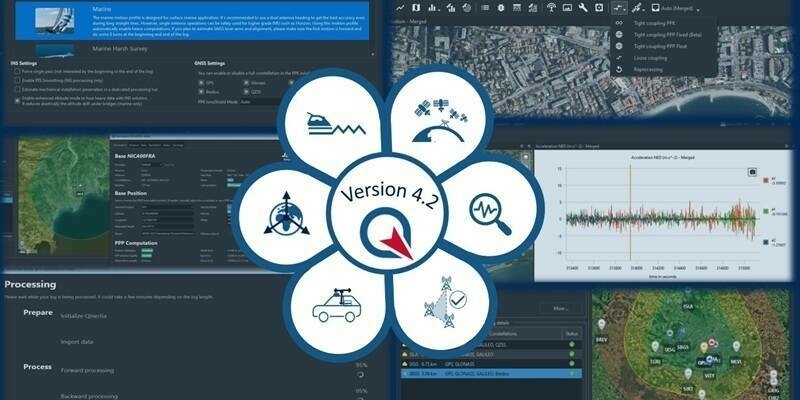TORONTO, Ontario, Canada, 27 March 2019 – Space Flight Laboratory (SFL) has been awarded the prime contract to develop the next generation cluster of formation-flying microsatellites for HawkEye 360 Inc. of Herndon, Va. The HawkEye Constellation, comprised of multiple clusters of three satellites each, is the first of its kind to detect and geolocate radio frequency (RF) signals for maritime, emergency response, and spectrum analysis applications.
SFL built the platforms and integrated the HawkEye 360 Pathfinder cluster which was launched into low-Earth orbit in December 2018 and commissioned early this year. The three formation-flying Pathfinder microsatellites have successfully demonstrated geolocation of VHF, emergency position-indicating radio beacon (EPIRB), automatic identification system (AIS) and marine radar signals.
“Through the development, launch and commissioning of our Pathfinder cluster, SFL demonstrated exceptional ability to deliver the solution we required,” said HawkEye 360 Founder and Chief Technology Officer Chris DeMay. “Their customer-first approach and engineering prowess resulted in the first-of-its-kind RF analytics we are generating today. We are proud to continue partnering with SFL on the development of our next set of spacecraft as we expand on-orbit capacity and enhance our capability to meet customer demands.”
SFL is developing the next-generation cluster to service more sophisticated payloads as HawkEye 360 broadens its detection and geolocation capabilities. The cluster will incorporate SFL technologies that make on-orbit formation flying possible. Most prominent of these technologies is the high-performance attitude control system developed by SFL to keep micro- and nanosatellites stable in orbit.
“The microsatellite bus selected by HawkEye 360 for the next-gen cluster is one we developed specifically to address the economics of commercial space activities,” said SFL Director Dr. Robert E. Zee.
SFL satellite technology was selected for the HawkEye 360 Pathfinder mission due to the importance of formation flying by multiple satellites for successful RF signal geolocation and analysis. The relative positions of each satellite in the constellation must be known to accurately geolocate the transmission sources of the radio frequency signals. SFL first demonstrated affordable on-orbit formation control with smaller satellites in the 2014 Canadian CanX-4/CanX-5 mission.
“We have developed compact, low-cost formation flying technology for commercial exploitation that is unmatched by any other satellite developer,” said Zee.
Established in 1998 as a self-sustaining specialty lab at the University of Toronto Institute for Aerospace Studies (UTIAS), SFL has built 25 nano- and microsatellites with nearly 100 cumulative years of successful operation in orbit to date.
Subscribe to our newsletter
Stay updated on the latest technology, innovation product arrivals and exciting offers to your inbox.
Newsletter

